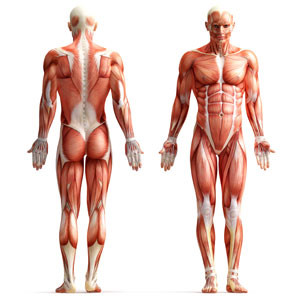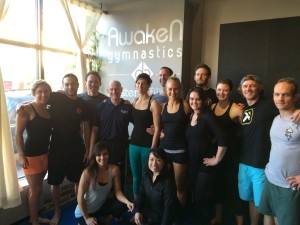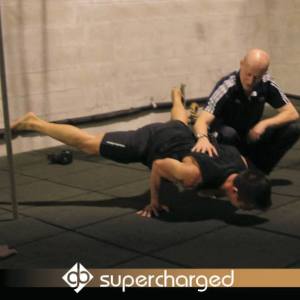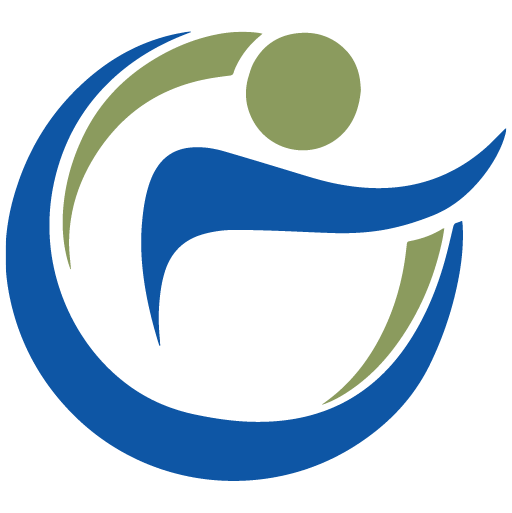How To Be A Great Coach
(How to select the right coach for you!)
Primum non nocere- “First, do no harm.” As a Firefighter/Paramedic, I am a medical professional. It is my primary responsibility to help, but more importantly, to consider the possible harm that any intervention might do. I am ethically and legally responsible for my patient and his/her outcome. If I neglect my patient, or administer a treatment that is grossly incorrect, it is my mistake- my assessment was wrong and I based my treatment decisions based on erroneous conclusions. That’s a huge responsibility, especially under the pressure of someone that is crashing before my eyes.
As a fitness coach/personal trainer, I have that same responsibility, but under much less strenuous circumstances. That’s why it blows my mind when I consistently see trainers doing harm to their clients. I see incorrect exercise prescription, or poor execution of very BASIC exercises like pushups, squats, deadlifts and overhead presses under the supervision of a trainer.
In the past, I have subbed for trainers. I had cautioned them and their clients not to perform a particular movement because of potential injury, only to find out later that my advice was ignored and surgeries were necessary. I was dumbfounded and pissed off. “Do no harm” was thrown out the window.
Passing a written exam from a reputable organization is only the very basic step in obtaining a personal training certification. Proper cueing and exercise prescription on the big lifts is essential at this phase. When first starting out, you really don’t know much except the basics, unless you were an avid reader and your own guinea pig. But the basics is all most clients need to obtain most of their lifetime results. I think it was best stated by Pavel and Dan John in their book Starting Strength, and I’m paraphrasing here- eighty percent of your results are going to come from the basic movements. I consistently see these basic movements (like the squat, lunge, push up) being performed and demonstrated incorrectly by trainers and their clients.
Exercise progression is also non-existent. I’m not sure if it’s complacency or outright laziness. Maybe it’s lack of fundamental knowledge. I suppose that’s for another post. It is incumbent upon each individual to become a better coach through self development- that means taking classes and internships, reading up on subjects like nutrition, exercise science, anatomy, physiology, program design, coaching, pre-habilitation, etc. Even then, there is still much to learn. There will ALWAYS be more to learn and you will ALWAYS possess just a fraction of the knowledge that is out there.
Coaching is also a skill that must be developed. It can only be gained through experience and self awareness and criticism. On has to understand that each person learns best through different mechanisms- whether it’s kinesthetic, auditory, visual, or a combination, a coach has to apply all techniques in order to find out what works best. That means utmost presence during the training session.
 Every once in a while, I think I’m a badass coach- I look back on the year before and realize I didn’t know anything then and that I know more now. Then I come crashing back down to earth because I also realize there is more to learn. This keeps me hungry for more- the fact that compared to before, I didn’t know much. Though we aren’t superhumans with the power to heal, we do have the opportunity with each individual client to help fix chronic conditions, or assess issues they didn’t know they had. I love this part of the job. I love eradicating knee pain by assessing and correcting hip or ankle mobility. I love decreasing shoulder pain through mobility drills. I love fixing anterior pelvic tilts through core stabilization exercises and hip drills. The fact is, most all of the clients I see have similar issues because we are a sitting culture.
Every once in a while, I think I’m a badass coach- I look back on the year before and realize I didn’t know anything then and that I know more now. Then I come crashing back down to earth because I also realize there is more to learn. This keeps me hungry for more- the fact that compared to before, I didn’t know much. Though we aren’t superhumans with the power to heal, we do have the opportunity with each individual client to help fix chronic conditions, or assess issues they didn’t know they had. I love this part of the job. I love eradicating knee pain by assessing and correcting hip or ankle mobility. I love decreasing shoulder pain through mobility drills. I love fixing anterior pelvic tilts through core stabilization exercises and hip drills. The fact is, most all of the clients I see have similar issues because we are a sitting culture.
 Trust me, I’m not seated here high on my pedestal. The opposite is true. I know that I don’t know. That is the sign of a good coach. Educating yourself to fix this issue is the sign of a great coach. Therefore, I look upon articles, books and videos from established coaches like Christopher Sommer, Eric Cressey, Dan John, Eric Wong, Pavel, Dean Sommerset, Bret Contreras, Christian Thibideau, Dr. Jade Teta, and a handful of others. No one way is THE right way. If you get caught up in too much dogma, you’ll miss out on the lessons you are able to learn from many modalities. So do your due diligence trainers. Be humble. Train hard. Surround yourself with people smarter than you and inhale their smarts. Study something everyday and increase your knowledge base- because in the end, it is our responsibility to “do no harm.”
Trust me, I’m not seated here high on my pedestal. The opposite is true. I know that I don’t know. That is the sign of a good coach. Educating yourself to fix this issue is the sign of a great coach. Therefore, I look upon articles, books and videos from established coaches like Christopher Sommer, Eric Cressey, Dan John, Eric Wong, Pavel, Dean Sommerset, Bret Contreras, Christian Thibideau, Dr. Jade Teta, and a handful of others. No one way is THE right way. If you get caught up in too much dogma, you’ll miss out on the lessons you are able to learn from many modalities. So do your due diligence trainers. Be humble. Train hard. Surround yourself with people smarter than you and inhale their smarts. Study something everyday and increase your knowledge base- because in the end, it is our responsibility to “do no harm.”
*Here are two great articles and fitness resources for you-
